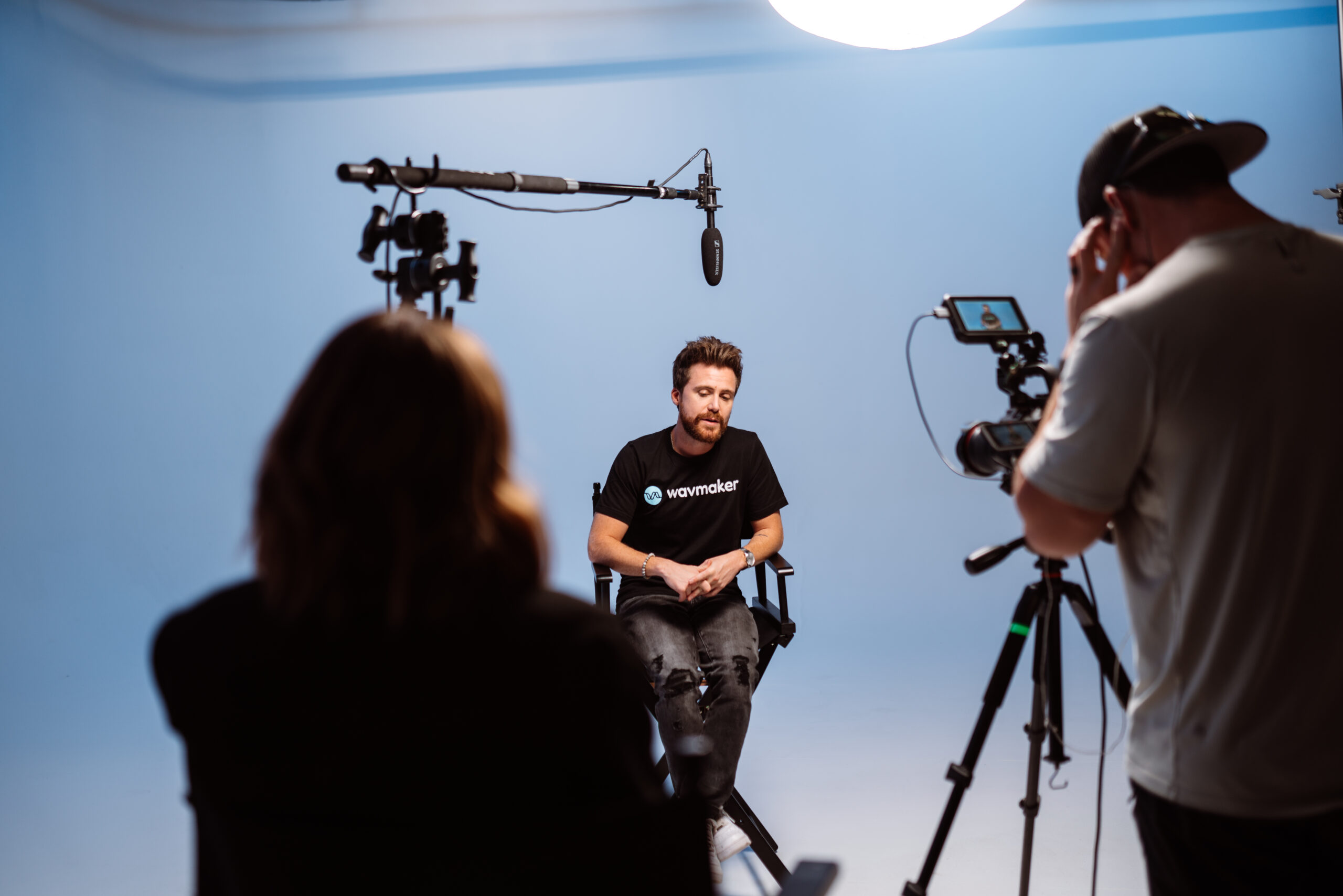Last year, we had a client say, “My social media just isn’t growing.” They were frustrated, feeling like their hard work wasn’t paying off. But when we ran the numbers, something incredible stood out: in the six months we managed their account, they’d seen over a 1000% increase in engagement compared to before.
It was a classic case of not seeing the forest for the trees. Social media growth is often like working out—you’re making small, incremental gains over time. Day to day, it might feel like nothing’s changing, but when you step back and compare where you started, the progress is undeniable.
This is why tracking the right metrics matters. Without the data, you might miss the bigger picture. Regularly reviewing performance metrics allows you to see those hidden wins and recognize the value of consistent effort.
Start With Your Goals
Before you dig into the numbers, define what success looks like for you. Are you trying to drive sales, grow your email list, or simply increase brand awareness? Your goals should shape which metrics to prioritize. For example, if your aim is engagement, focus on comments, shares, and saves. If it’s website traffic, zero in on link clicks and cost per click.
How to use Broadcast Channels
Not all metrics are created equal. Here are a few to keep your eye on:
Engagement Rate:
This shows how well your content is resonating with your audience. A high engagement rate signals connection, while low numbers may mean it’s time to rethink your approach.
Reach and Impressions:
These tell you how many people are seeing your posts. If these numbers are stagnant, it might be time to adjust your posting schedule or content type.
Conversions:
This is where the magic happens. Whether it’s a purchase, signup, or DM, track the actions that align with your goals.
Use Data to Refine, Not Overwhelm
Data isn’t meant to paralyze you—it’s there to guide you. Instead of getting bogged down in spreadsheets, look for trends. What types of posts spark the most interaction? When is your audience most active? Adjust accordingly, and don’t be afraid to experiment.
Remember, social media isn’t a one-size-fits-all game. Your data tells your story. Use it to refine your strategy, build relationships, and take purposeful steps toward your goals. Success isn’t about having the most followers; it’s about creating impact with the right audience.
Your audience is waiting. Are you ready to show up for them?



